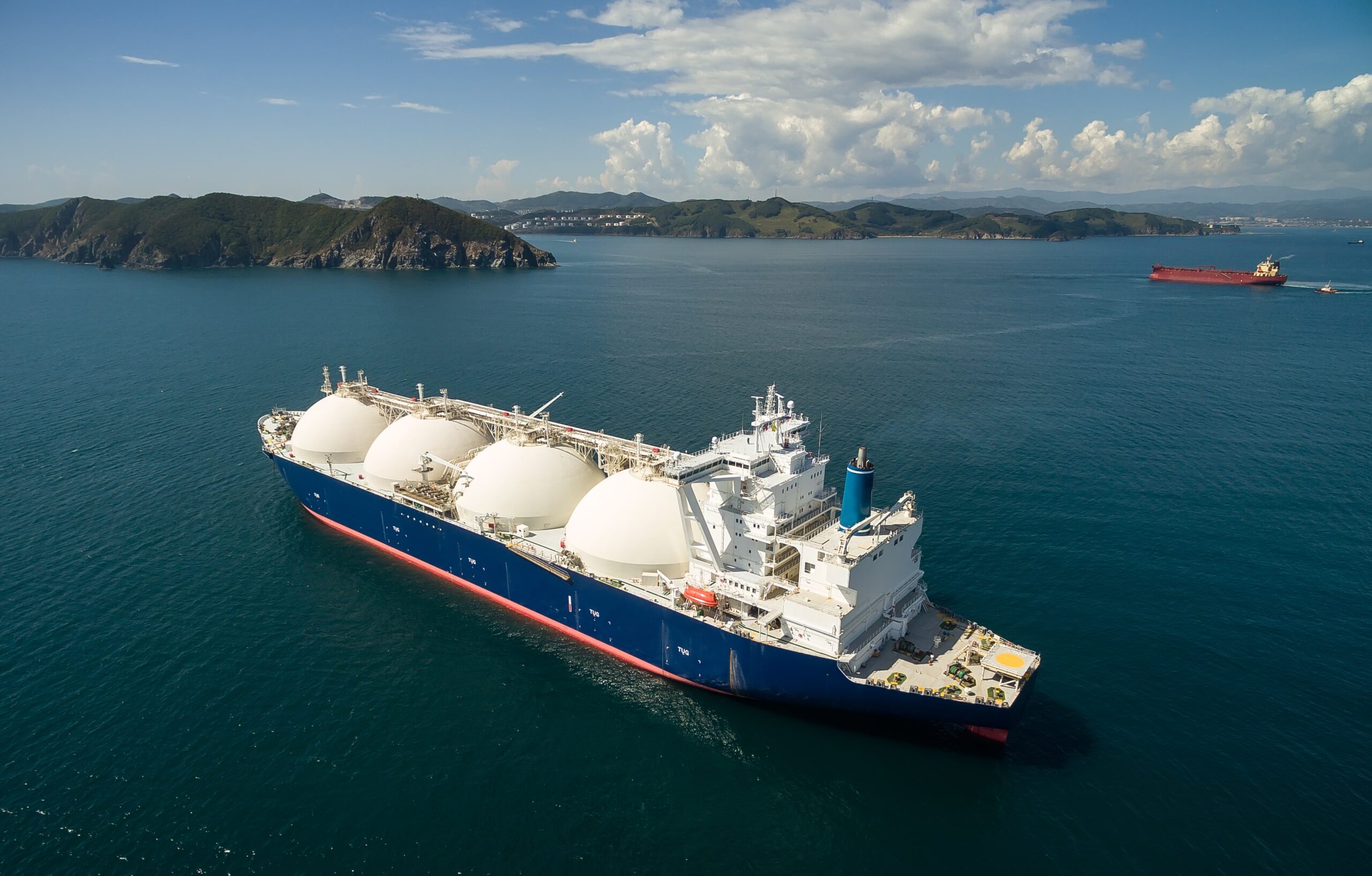With the rising cost and decreasing availability of non-renewable fossil fuels, renewable resources are receiving increasing attention. As of the end of 2018, there were more than 64 gigawatts (GW) of solar installed in the U.S., enough to power more than 12.3 million homes.
Over the last decade, the solar market in the United States has grown at an average rate of 50% each year. There are nearly 2 million individual solar installations in the U.S., ranging from small home-rooftop systems to large utility-scale systems that add hundreds of megawatts of clean electricity to the power grid.
Hydropower provides 20 percent of the world’s energy needs, according to the United States Geological Survey. Although wind generated little power in the United States in 2009, it is the fastest-growing source of new electric power, according to U.S. Energy Information Administration.
Just because an energy source is renewable doesn’t mean it’s100 percent environmentally safe. For instance, dams harness the power of moving water, but they can also harm fish and wildlife. Wind turbines use the sun’s energy to generate clean electricity, but there are environmental impacts from the manufacturing process.
Overall, alternative energy resources have a much lighter environmental footprint than fossil fuels. Renewable energy sources are so important if we want to minimize pollution. Even if we didn’t face the threat of climate change, minimizing pollution is basic for good health.

